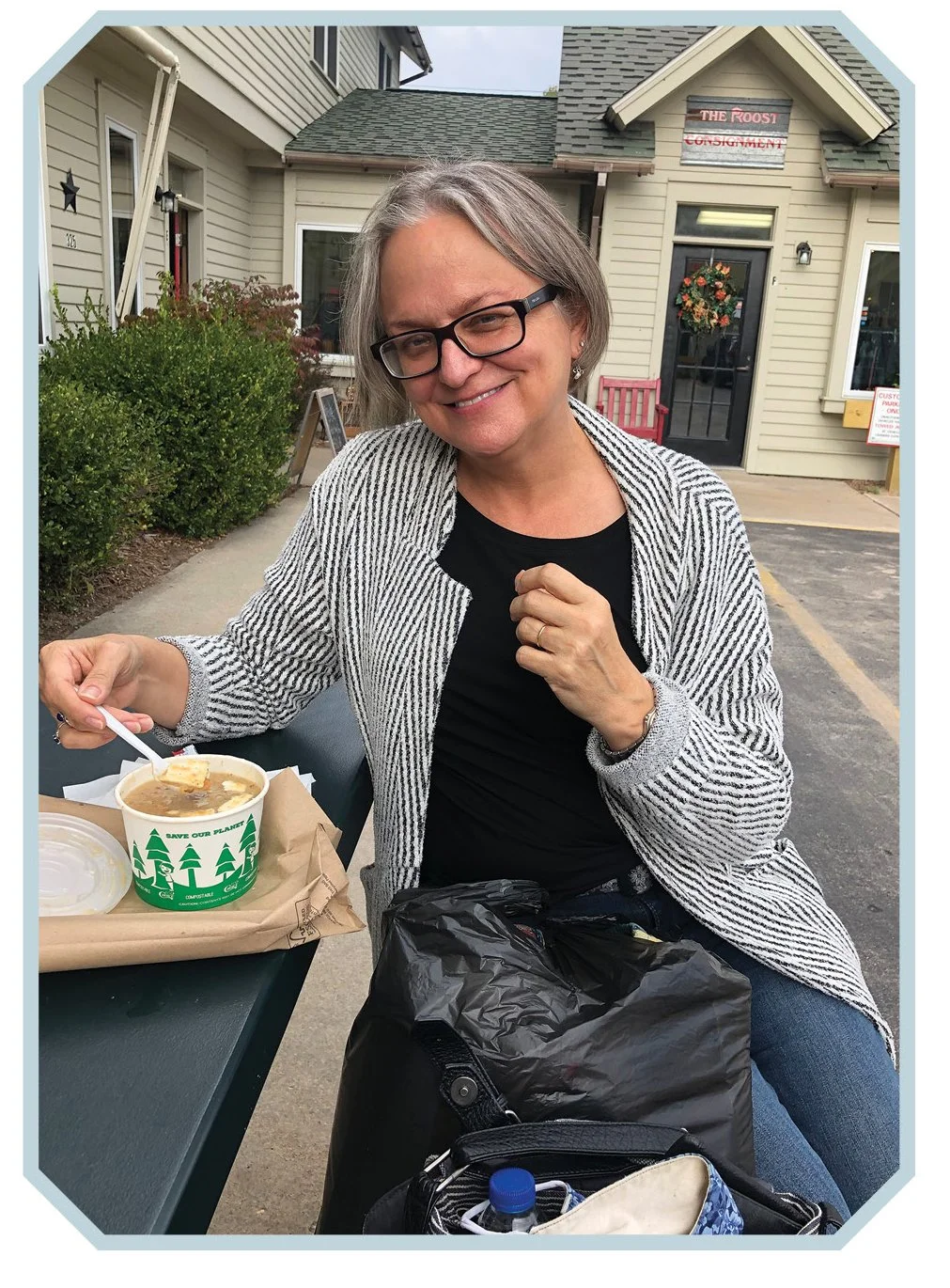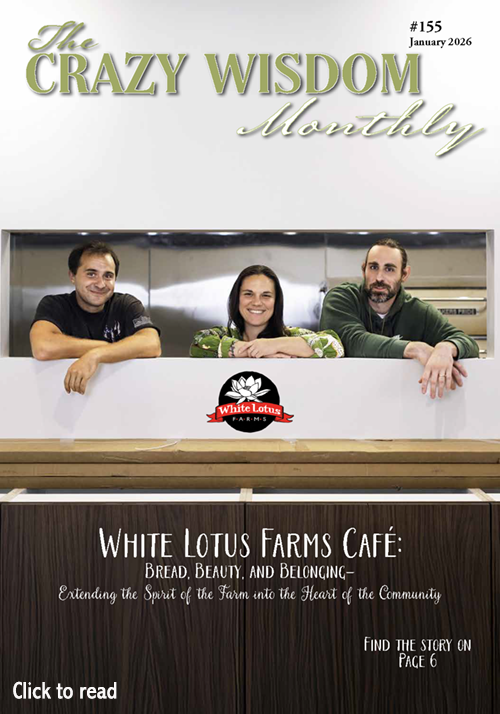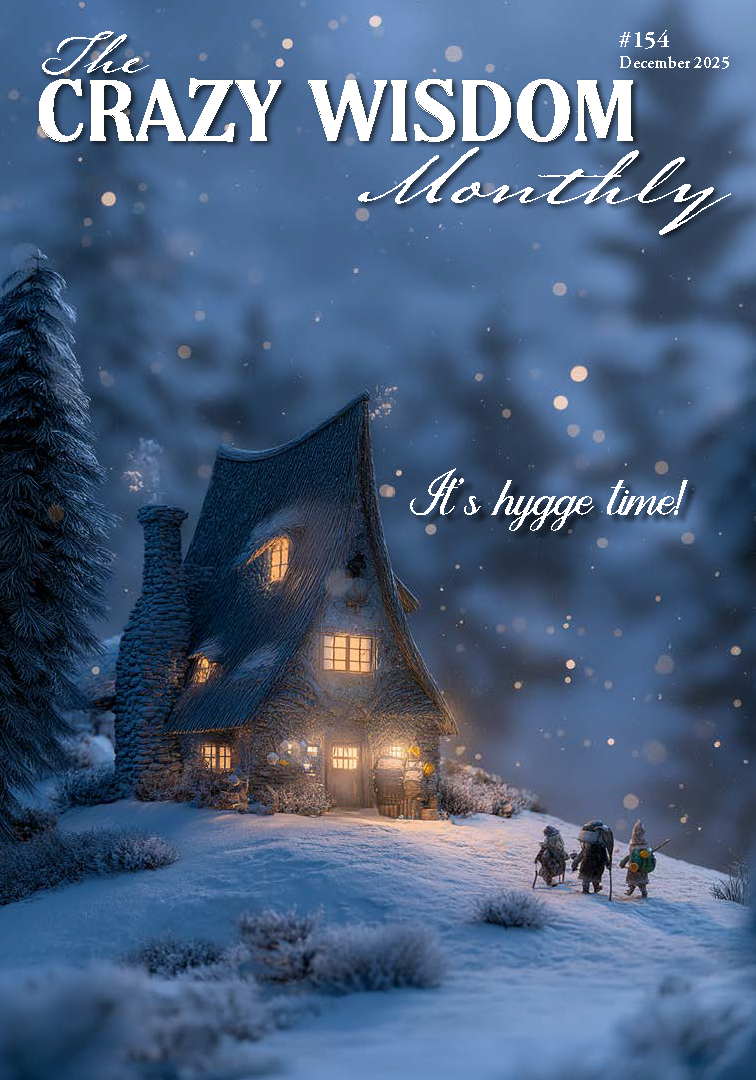By Marie Duquette
I have dreams that come true. Not all of them, of course, but enough that I now accept this strange unbidden gift as a natural part of who I am. For example, I once dreamed that a dear friend’s daughter was pinned underneath a huge tree that had fallen on her. In the dream, she was alive, but she was unable to move the tree, and she was hurt. The next day I found out this same 16-year-old girl, had been driving too fast on a gravel road, went airborne over a bridge, and hit a telephone pole in her dad’s Dodge Ram. The pole fell, totaling the truck, and trapping her inside. She was banged up, shook up, but alive and safe. Before she had fully recovered, her dad received a bill from the city to replace the telephone pole.
Thirty years ago, I had a dream about a series of events that caused me to move from a tropical island to a house high off the ground, nestled in pine trees. I know this because when I moved to Ann Arbor, from a condo on the barrier islands in Florida, I found my dream journal from 1986 where I recorded that dream–otherwise, I probably would not have remembered.
I wouldn’t call myself a prophet in the biblical sense, but I do seem to perceive events that are coming, which brings me to the idea of legacy. I have always been keenly aware that we are only here on planet Earth for a little while. Death comes for us all. Now solidly in the third quarter of life, I wonder what my legacy will be. Maya Angelou said, “Your legacy is every life you touch.” This sort of takes the pressure off to do something big and profound, but what happens when all the lives you have touched are also someone else’s memory? What is your legacy in the same way that trees have a legacy to continue to give life?
I heard an interview with Suzanne Simard on NPR recently. Simard is a forest scientist. Her memoir, Finding the Mother Tree: Discovering the Wisdom of The Forest, is about the literal life of trees and how they spend their decades (centuries, millenia). She said that a tree prepares to die for years, sometimes, for decades. In a study in which they sped up the process (so that they could study it) they learned that as a tree is dying, it dumps its carbon dioxide into the network of trees to which it is connected. In fact, those who study trees say that a tree gives even more life to the world after it dies than while it is alive.
That got me thinking about what I most needed to give away that might continue to give life long after I have died. As a writer, a speaker, a teller of stories, it’s hard not to believe that my legacy is tied to my story—the stories I’ve collected and the stories I have told.
One of my earliest memories is when I was 11 years old. I would climb a tree in our front yard in the summer, prepared with a duffel bag of books, snacks, and a pillow for my head. I spent hours in the crook of that tree, reading, dozing, and listening in on adult conversations in our driveway or through the open window of our kitchen. Invisible, I was amused at how life went on for hours with no one looking for me. Safely held in the tree, 15 foot off the ground, I was exempt from chores, beyond the reach of annoying questions, and less swayed by the wild fluctuations in temperament (a constant in my family).
Forty years later, I was a pastor in a small church in Ashville, Ohio. I often let my mind wander while looking at the beautiful maple tree outside the bay window of my office. A boy about nine-years-old used to climb that tree, carrying a mostly empty backpack that held a book, a Gameboy, and a water bottle. He would sit in that tree in the late afternoon as the sun moved through the branches and began to set behind his apartment just across the street. One day, I ventured outside with a baggie of Oreos as a lure and asked him if he’d like to talk. He did not, but he did climb low enough to retrieve the cookies. That became an afternoon ritual for us, and eventually, he came all the way down and sat with me on the porch. He said he couldn’t go home until his mom unlocked the door, and she usually didn’t do that until it was almost dark. He started to show up alone at church on Sunday morning. The whole congregation adopted him. The ushers let him pull the rope to ring the bell. The women brought him sandwiches and homemade treats. One day he asked me if he could be baptized. His mother agreed with a gentle shrug saying, ‘I guess it couldn’t hurt.’
We decided he would be baptized under that beloved tree. When it came to the baptism part of the service, we all proceeded outside, an usher bearing a big bowl, a choir member carrying a pitcher of water, an acolyte carrying a towel and a candle. Once outside, to my dismay, his mother bolted across the street to their apartment. We sang three whole improvised hymns waiting for her return. Finally, she came, pushing her way through the circle, scratching a scab on her knee through the hole in her jeans. At the end of the baptism, I turned to light his baptismal candle and realized we had nothing to light it with. Without missing a beat, his mother produced a pink BIC lighter from her pocket, emblazoned with the words, “Crazy Biker Chick.” And with that lighter, we lit the candle, telling the boy to let his light shine! Amid the clapping and hugs his mother said to me, “Damn right he will.”
Ten years later, my youngest son married his high school sweetheart in that same church. That church is now 160 years old. I think about all that tree has witnessed and realize that amid all the change that is the constant of life, the tree has remained: steady, strong, and supportive enough to hold a young boy in its branches and provide shade on a sunny day in August for a young couple to make their dream come true.



































































































































































































They are shooting over at the Washtenaw Sportsman’s Club this morning. It’s a half mile away, but it sounds like I’m in the middle of a firefight. Though a mile off, the din of Interstate 94 is ever present like the constant flow of a rushing river with none of the charm. At first periodically, then steadily, cars pass the house. I can hear them coming from well down the two-lane road on which the speed limit is 45 mph but on which many drive much faster. A car passes, then there is a momentary lull, then another goes by. Think of the inexorable splashing of waves against the shore of one of the Great Lakes and you’ll get the rhythm.